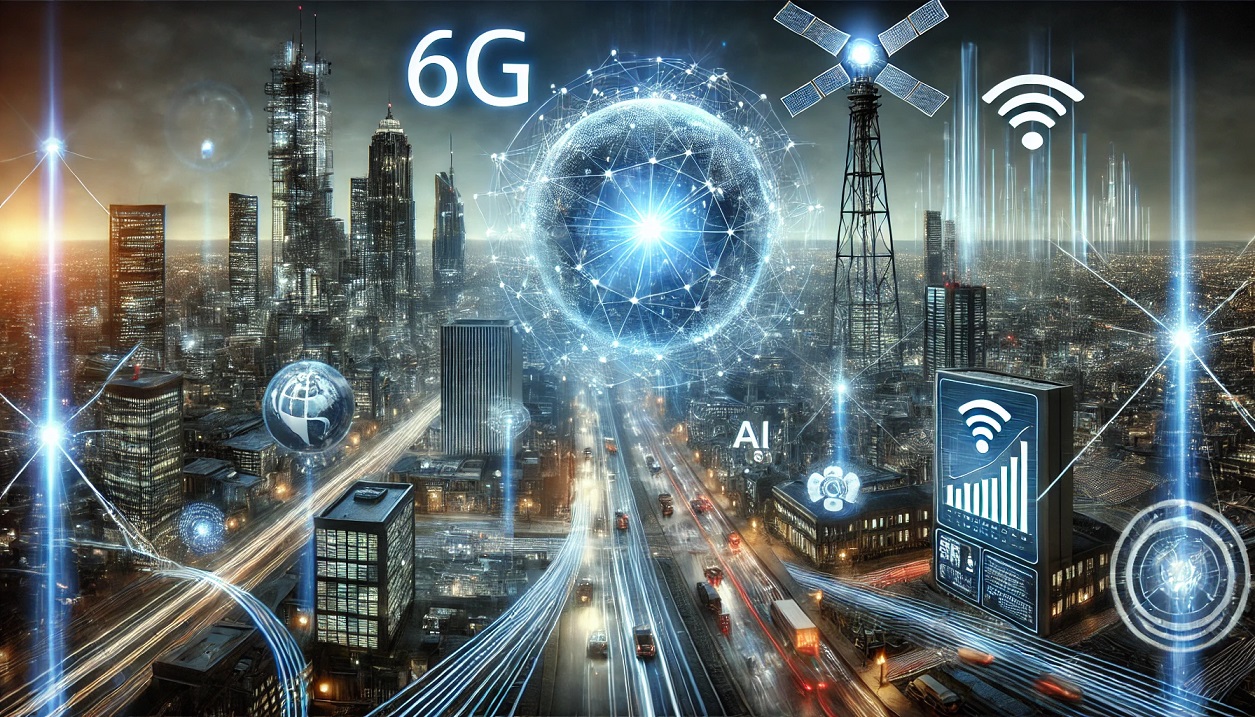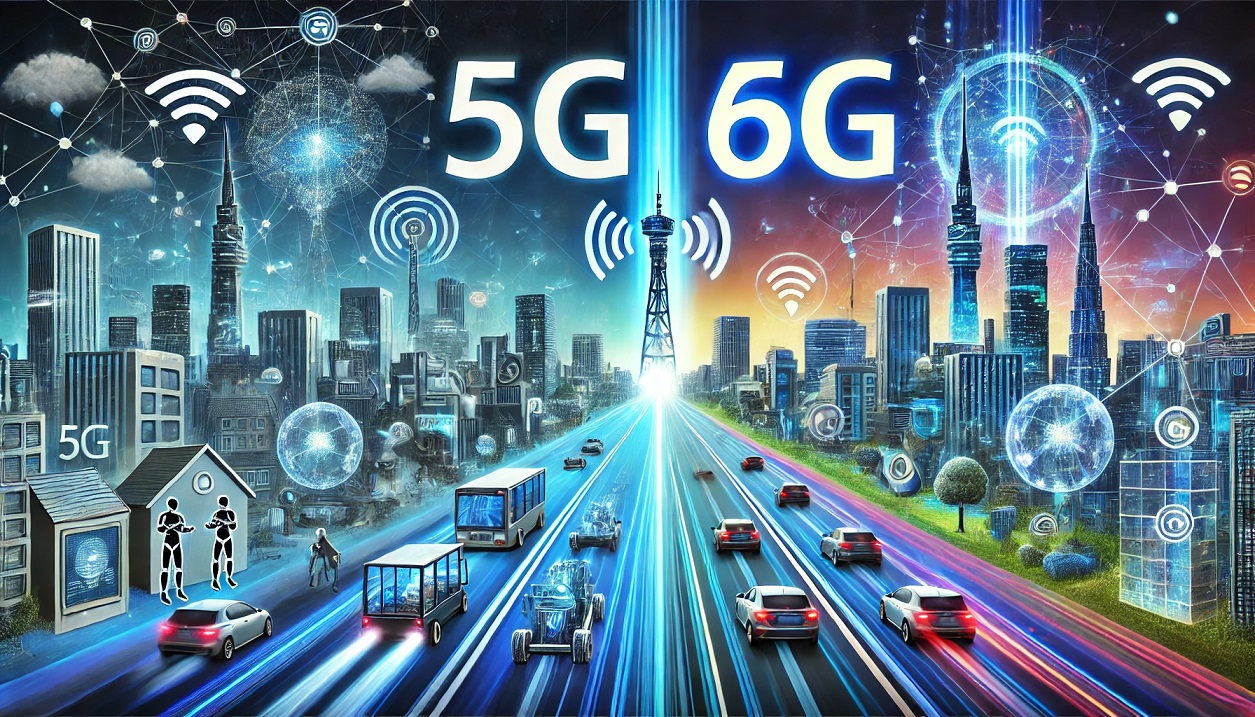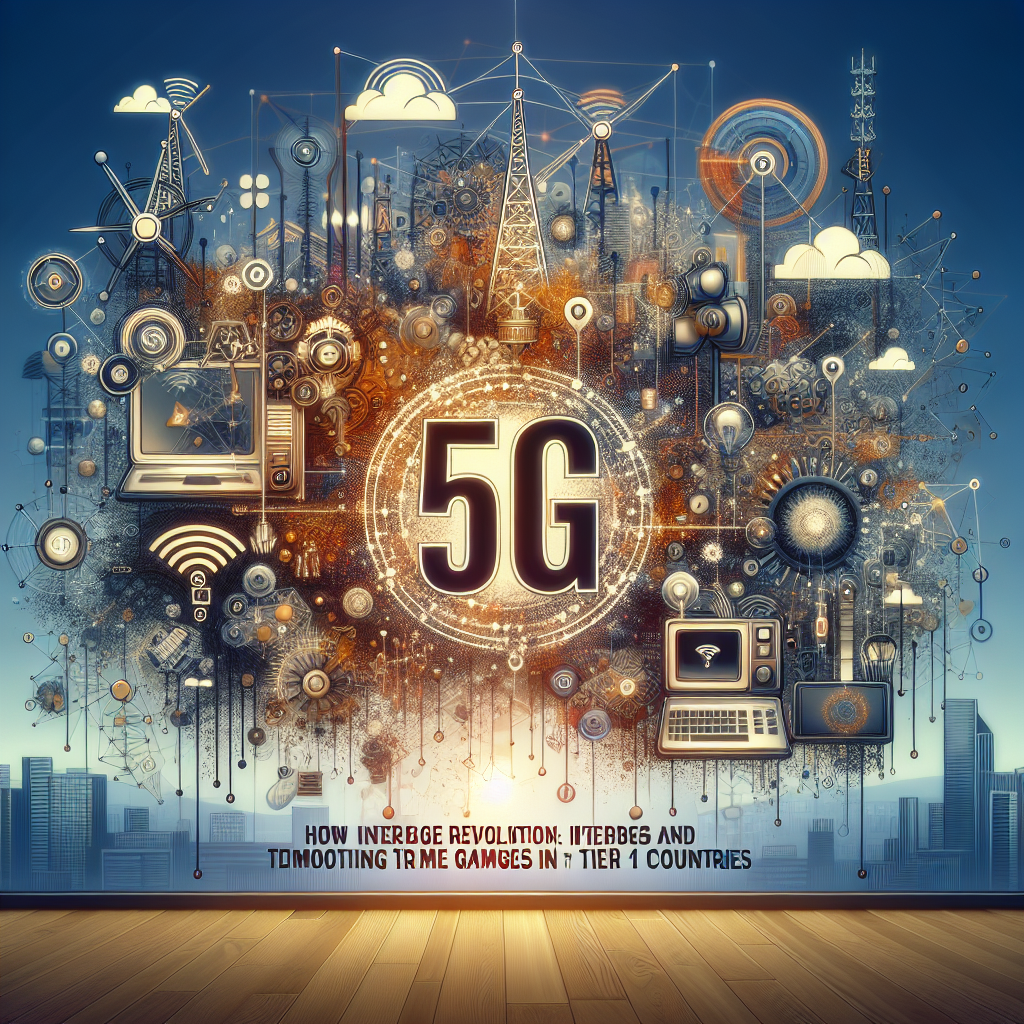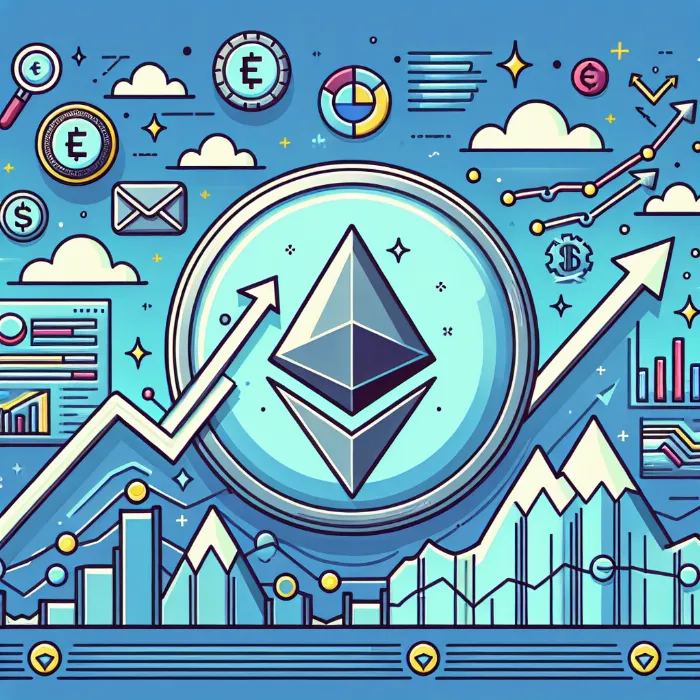⚠️ A Nation Cut Off from the World
On June 19, 2025, Iran entered its 13th consecutive hour of near-total internet blackout. According to global internet observatories, including NetBlocks and IODA, connectivity levels dropped by more than 97%, essentially silencing the digital voice of a nation. While internet blackouts are not new to Iran, this one comes at a particularly volatile time, with rising military tensions, economic instability, and a growing sense of fear among citizens.
This is not just about losing access to social media or Netflix. This blackout is cutting off people from emergency services, banking systems, news updates, and family communication. In an increasingly connected world, such digital isolation during wartime isn’t just inconvenient—it’s dangerous.
🧨 What Triggered the Shutdown?
This latest internet outage directly follows the escalation between Iran and Israel, where both nations exchanged missile strikes starting around June 13. Israeli airstrikes targeted multiple suspected nuclear and military sites across Iran. In response, Iran retaliated with long-range ballistic missiles, intensifying regional fears of broader conflict.
As tensions soared, the Iranian government claimed that foreign powers—particularly Israel and its allies—were attempting to use digital communication apps like WhatsApp to gather intelligence and coordinate attacks. Citing “national security,” the government ordered service providers to limit access to foreign internet infrastructure, effectively plunging the nation into digital darkness.
But critics argue that the real reason for the blackout is information control. By shutting down access to the global internet, authorities can suppress protest, restrict independent journalism, and control the narrative being shared both within Iran and beyond.
🔍 The Scope and Impact of the Blackout
The numbers paint a grim picture:
97% drop in national connectivity
Zero access in most urban areas including Tehran, Isfahan, Shiraz
Mobile and broadband services completely paralyzed
ATMs, bank systems, and government portals unreachable
WhatsApp, Instagram, and Telegram inaccessible or shut down
E-commerce and digital trade halted
Iranians are now relying on old-fashioned landlines (where still functional), SMS, or risky VPN access—which is also being aggressively blocked. The outage is hitting hardest in hospitals, businesses, transportation hubs, and academic institutions.
Doctors are unable to receive patient files. Online learning platforms have gone silent. E-wallets and banking apps are frozen. For a population of nearly 90 million people, that’s a digital chokehold.
🧠 Digital Rights and Global Reactions
Human rights advocates and digital freedom organizations have condemned the blackout. They emphasize that internet access is not a privilege—it’s a human right. The UN Human Rights Council has repeatedly reaffirmed this, especially during times of conflict.
Global organizations are calling on Iran to restore connectivity immediately. They’ve also warned that blanket blackouts often fail to stop military threats and instead punish ordinary citizens. Cutting off access during active conflict could hinder emergency evacuations, medical coordination, and essential communication with NGOs.
Meanwhile, the Iranian diaspora, many of whom are watching helplessly from abroad, have launched social campaigns to raise awareness and put pressure on global governments to intervene diplomatically.
🔄 This Isn't the First Time
Iran has a documented history of using internet shutdowns to suppress civil unrest. In November 2019, during anti-government protests, the country shut down access for over a week, resulting in hundreds of deaths that went unreported for days.
In September 2022, following the death of Mahsa Amini, authorities again resorted to internet restrictions to stifle public demonstrations. Both times, the blackouts were widely criticized as tools of oppression and digital authoritarianism.
But what’s different now is the scale and international context. This isn't a localized protest—it’s a national internet kill switch during a period of heightened international warfare.
📱 Communication Apps Under Fire
This time, the Iranian regime has specifically targeted apps like WhatsApp and Telegram, accusing them of aiding foreign surveillance. The government issued warnings urging citizens to uninstall these platforms immediately.
WhatsApp responded with a rare public statement denying the allegations and assuring users that it does not share location data with any government. However, these denials haven’t stopped Iranian authorities from ramping up censorship and surveillance efforts.
VPN providers have reported record levels of attempted access from inside Iran, but even those channels are being blocked or throttled, leaving most users without a workaround.
🚧 Civilian Struggles and Everyday Chaos
For the average Iranian, the blackout is far more than a political maneuver—it’s daily life thrown into chaos.
- College students can’t attend online lectures or submit assignments
- Businesses relying on online orders or payments are losing income
- Freelancers and remote workers are suddenly unemployed
- Families can’t check in on loved ones in war-hit cities
- Journalists can’t file reports or access international news
This kind of isolation during wartime can cause mass panic, misinformation, and trauma. People don’t know what’s happening in their own country, and they can’t reach out to the outside world for help.
🛰️ Satellite Internet: A Glimmer of Hope?
Some residents have reportedly accessed satellite internet through smuggled Starlink kits or black-market antennas. These kits are incredibly expensive and rare, but they offer a narrow window of hope for journalists, doctors, and humanitarian workers trying to stay connected.
However, such connections carry risks. Users fear being tracked by authorities, arrested, or worse. In past crackdowns, Iranian police have arrested people simply for possessing illegal communication tools.
📉 Economic Damage Mounts
In a country already grappling with hyperinflation and economic sanctions, the internet blackout is another blow. Online businesses have lost millions in just 12 hours. Fintech companies, food delivery apps, and ride-hailing services like Snapp have all gone dark.
Banks are seeing system-wide errors. Digital wallets are locked. Even government services—like tax filing, pension claims, and employment portals—are offline. The cost of a single day’s shutdown is projected to be in the tens of millions of dollars.
🛡️ The Bigger Picture: Weaponizing the Web
This is not just Iran’s story. Around the world, more governments are realizing that controlling the internet is the modern equivalent of controlling the press.
Countries like Myanmar, Sudan, and Russia have all implemented internet blackouts to stifle dissent and hide military action. These regimes understand that whoever controls the internet controls the story.
What’s happening in Iran right now is a blueprint for how authoritarian governments might operate in a digital war zone.
🗣️ Final Thoughts
The Iranian blackout is more than just an outage—it’s a warning. As the world grows more connected, those connections are becoming battlegrounds in themselves. The silence from Iran’s digital space is deafening, not because nothing is happening—but because everything is, and we can’t see it.
For now, the world watches as an entire nation navigates war, fear, and censorship—offline.

















Comments 0